
The world is horrified with the devastating situation in Australia, with bushfires destroying homes, killing almost half a billion animals in the state of New South Wales, and wiping out the entire population of some species. Although Australia has always had bushfires, this season has been a lot worse than average. A shocking 10 million hectares have already been burned down under in just one year's time.
People across the globe are mourning, while a lot are donating through Facebook and Twitter to contribute any way they can, understanding that nothing will change unless we take action.
Your donations are hard at work right now: $15m in emergency cash grants and more to come, shelter + relief for people currently evacuated and a tailored recovery plan being developed for the next 3 years.
— Australian Red Cross (@RedCrossAU) January 13, 2020
Find out more about our plan to help: https://t.co/0a2uBb7p17 pic.twitter.com/9ekQ2xhS1l
Meanwhile, ecologists and wildlife experts are expressing serious concerns about the fate of Australian nature and wildlife.
Notably, the air quality in Canberra, the country's capital city, was rated the third worst of all major cities in the world. The weather forecast also predicts very hot and dry conditions, with strong winds and thunderstorms, which only increases further fire risk.
The pictures below depict the horrifying impact bushfires had on the country:
Cobargo's Historic Main Street
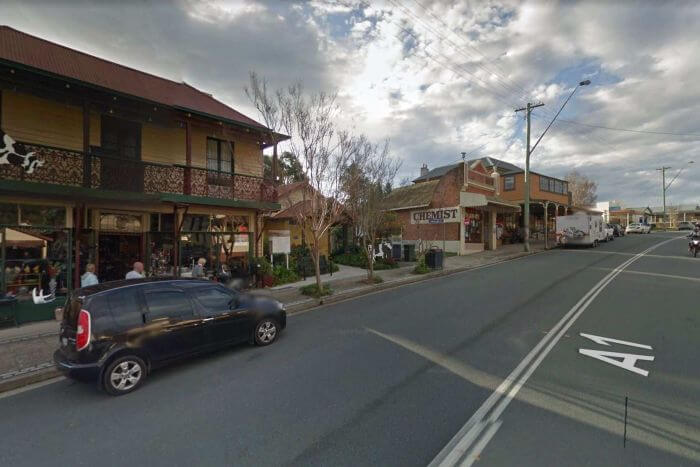

Google Maps/Lorena Granados
The Clyde River Bridge in Batemans Bay

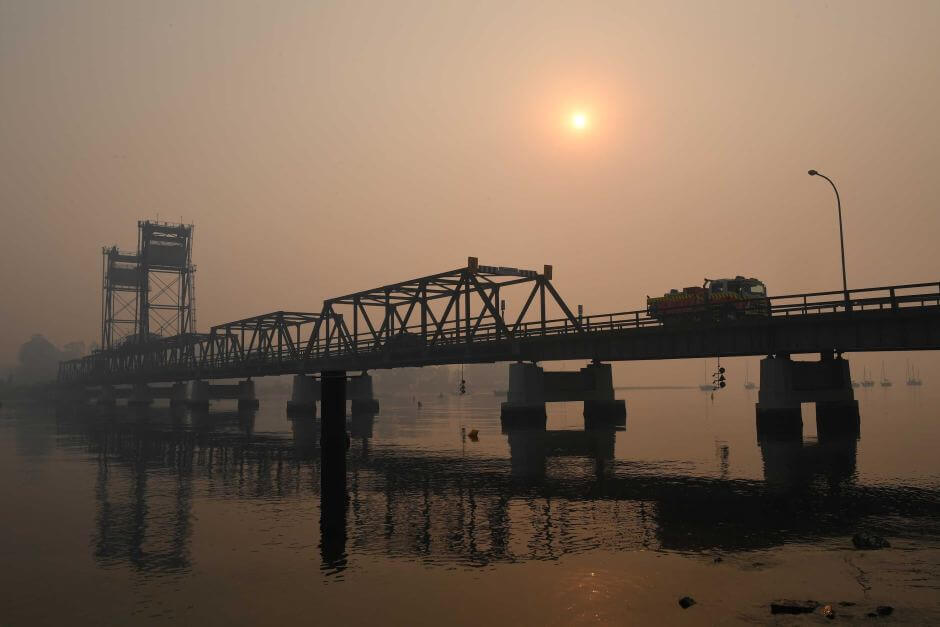
Dean Lewins
The remains of a house in Conjola Park after the New Year's Eve fire.
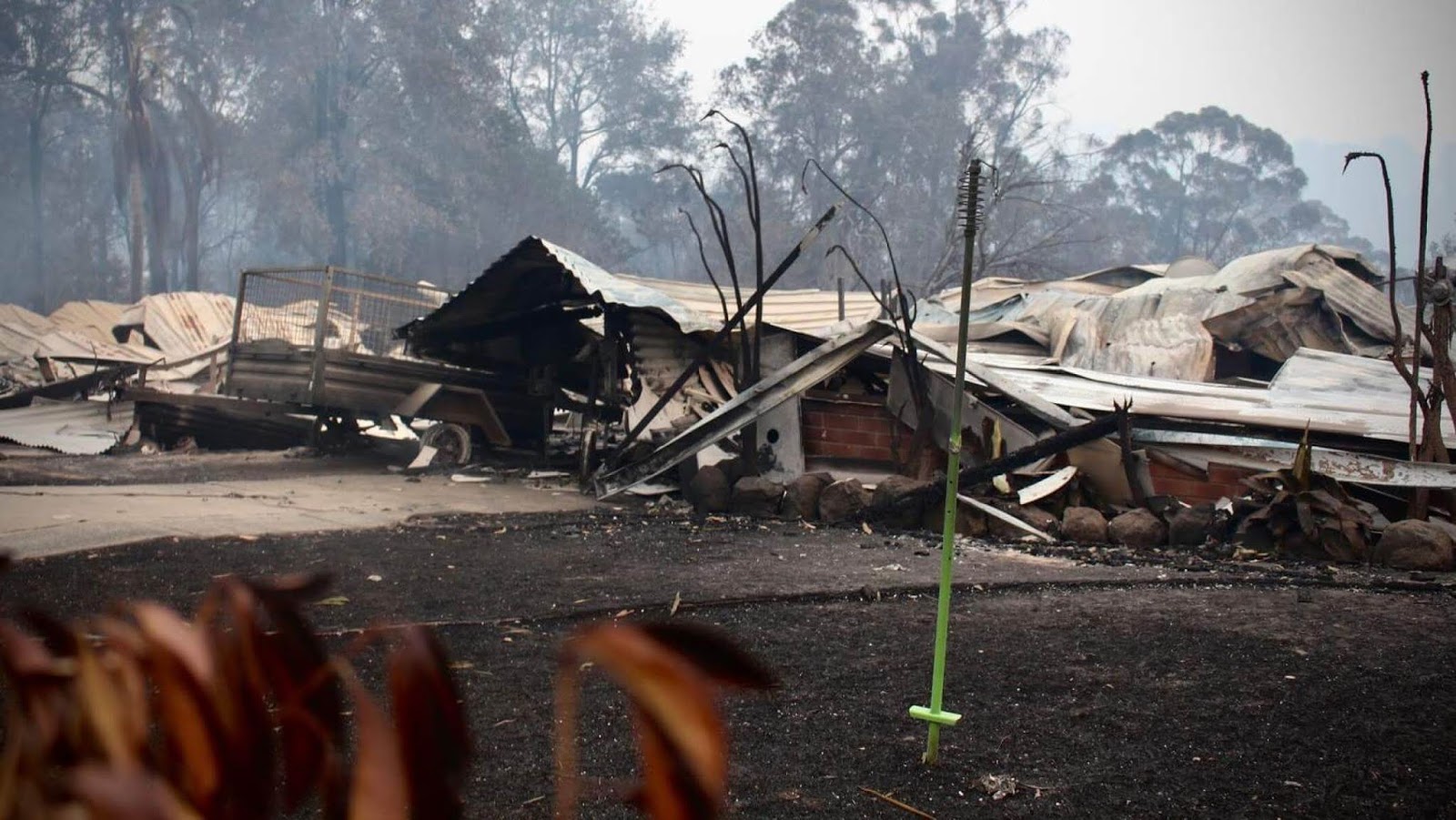
Selby Stewart
Sarsfield, a small farming community in Gippsland

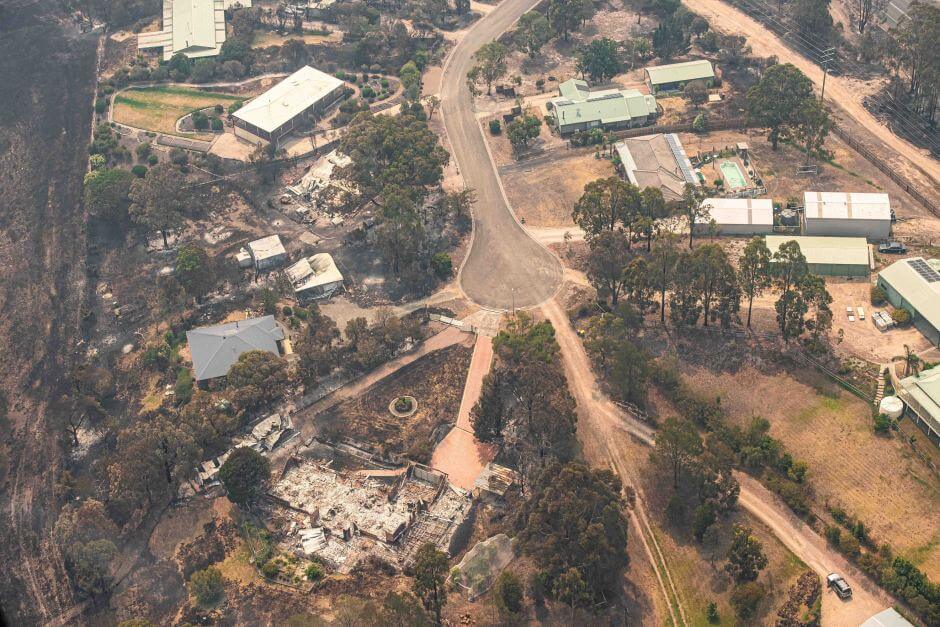
Google Earth/Jason Edwards
Clifton Creek Primary School

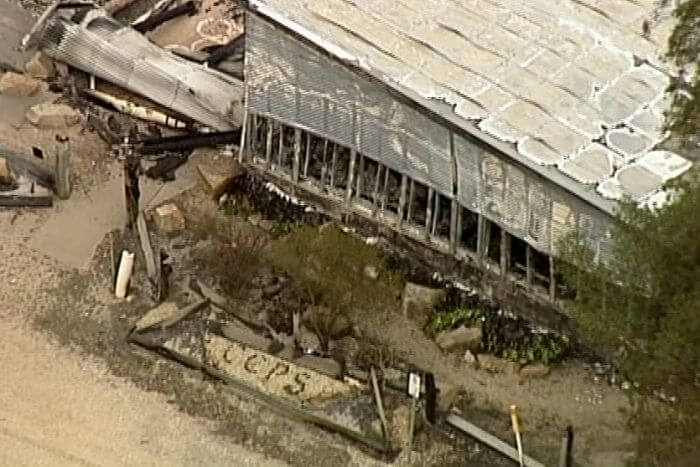
ABC News
Kangaroo Island
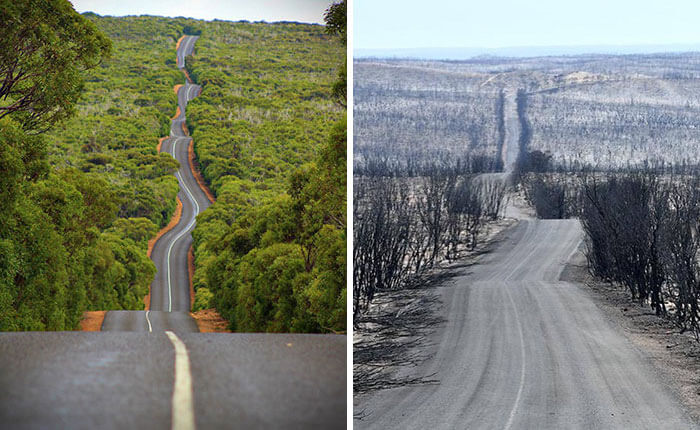
Tathra Beach

Kangaroo Island

Mogo Wildlife Park

Sarsfield, Victoria

Cobargo's Main Street

Genoa Bridge

Heritage Council Victoria, GippsNews
Mallacoota Wharf

travelvictoria, bluesfestblues
Wildlife Sanctuary In Canberra

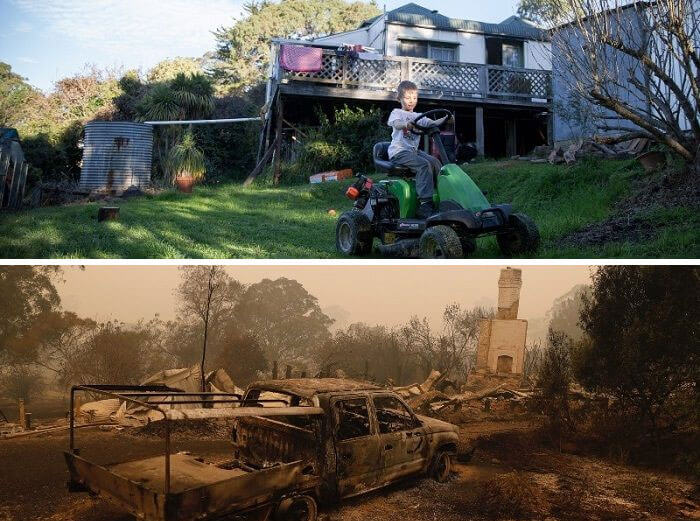

Sydney

Cobargo

Mallacoota

Betka Road

Google maps, Luke Henriques-Gomes
Shoalhaven


Batemans Bay Mini Golf

Araluen Motor Lodge

















COMMENTS